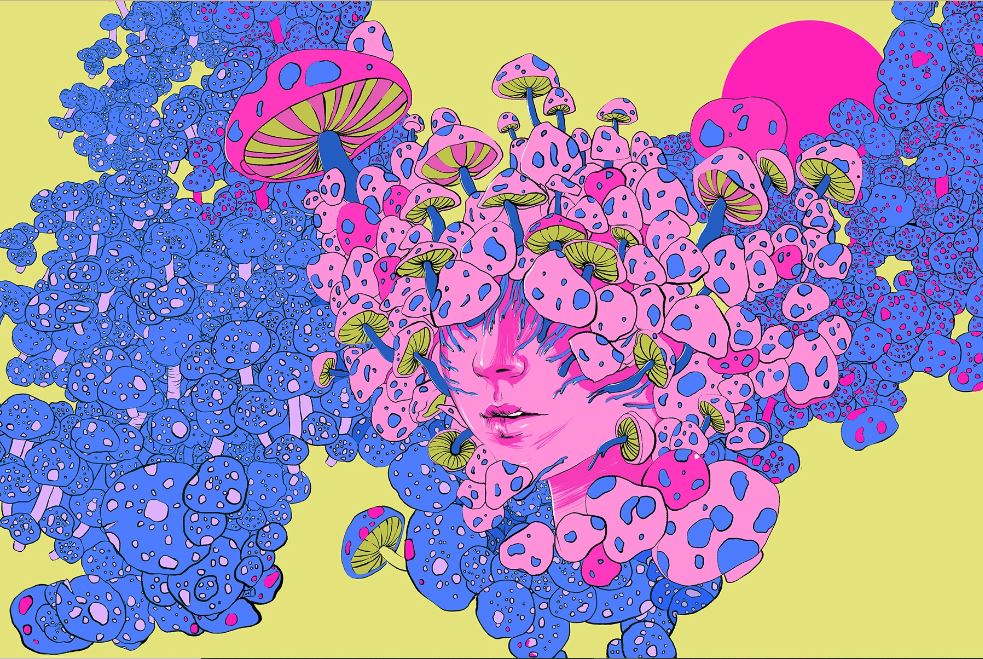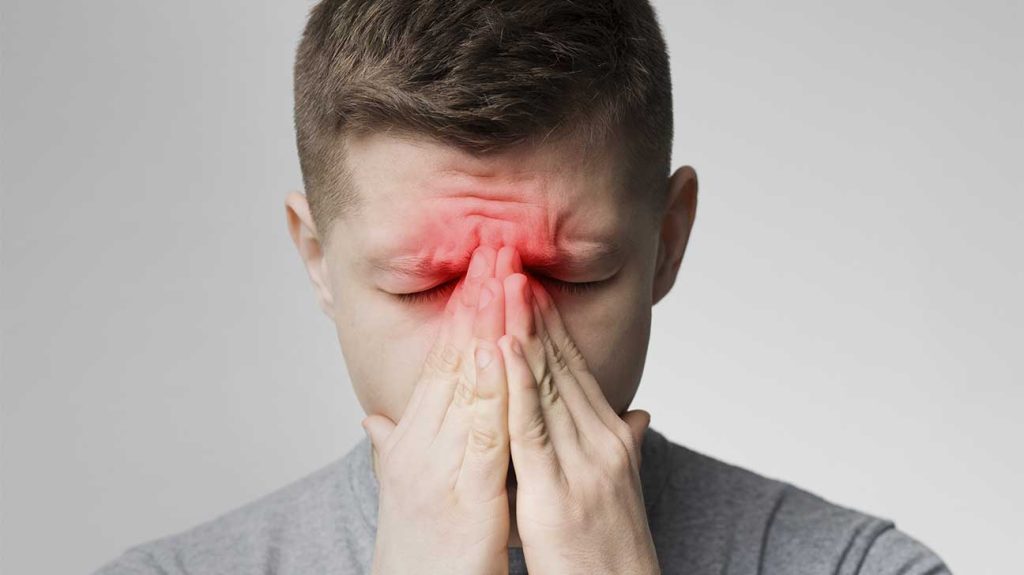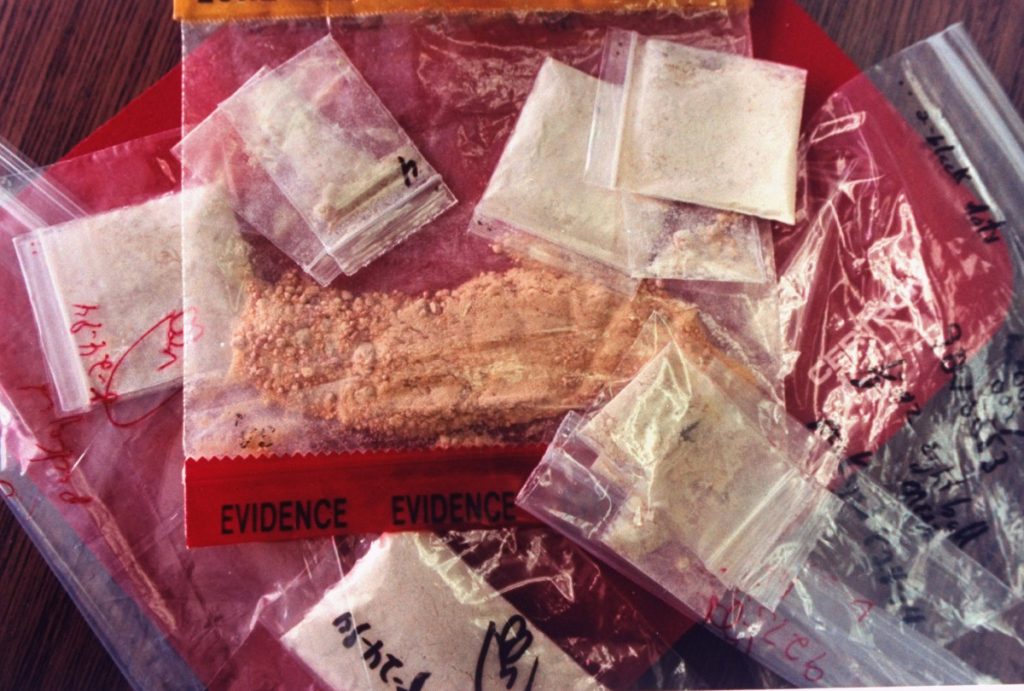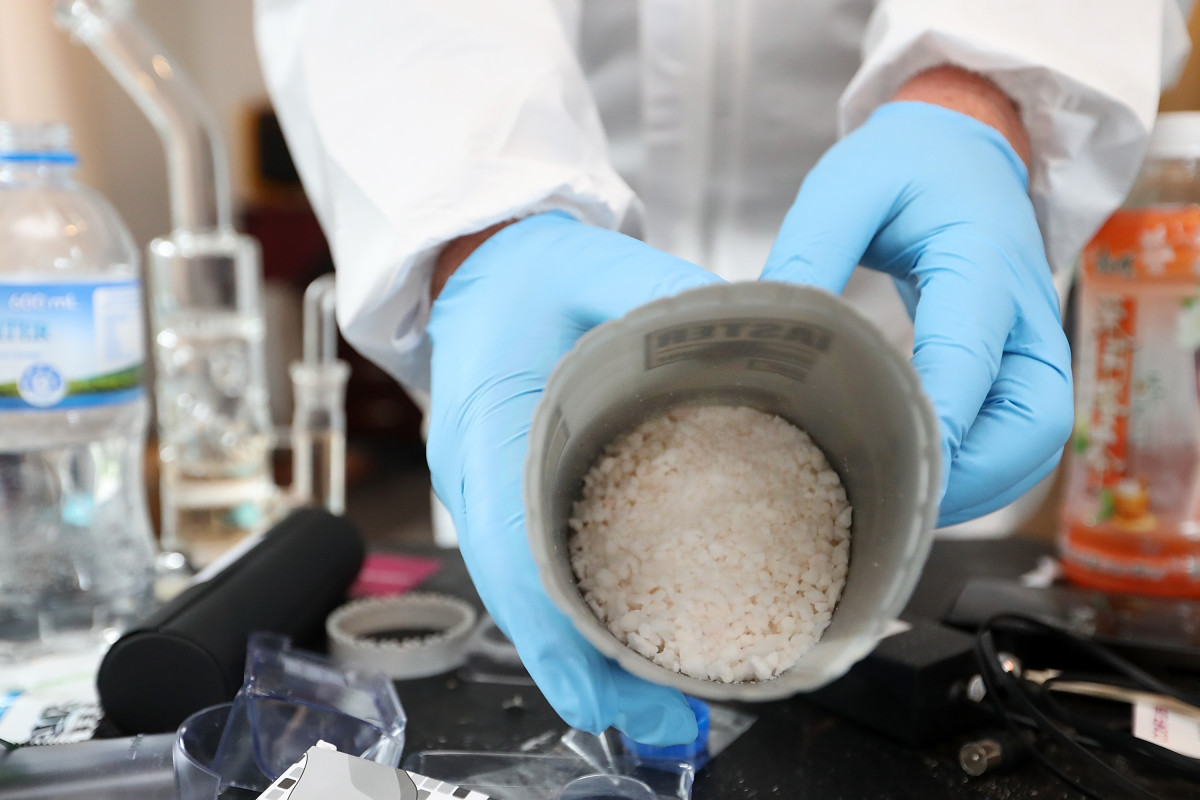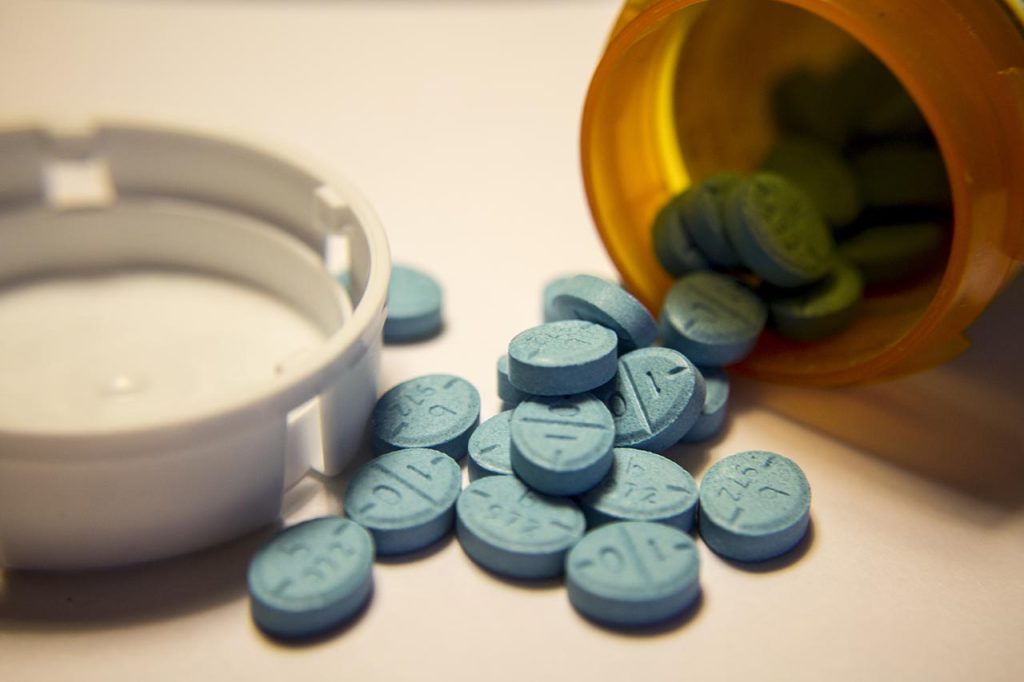Do you believe in ‘no pain, no gain’ in exercising?

You’ve all heard it: “No pain, no gain”. Fitness influencers on social media are quick to promote a world where you have to work out to achieve your goals. But how difficult is too much?
The truth is that you’ll never hear a professional athletic trainer recommend pain to get gains. On the contrary, experts warn about the “no pain, no gain” myth.
What does “no pain, no gain” mean?
Gym-Goers often quote this motto as a way to encourage themselves to push through hard workouts. Essentially, many people believe that if you are not experiencing pain in your muscle, then you are not working hard enough to have physical gains.
It is believed that you should exercise until you feel pain. It is during these painful times that you will begin to build up the endurance and toughness that will allow you to exercise and become more physically fit.
Is that true?
The problem with “no pain, no gain”
Pain is a signal to your body that it is time for you to stop what you’re doing Pain can be linked to a variety of causes, but one thing is for sure: The brain doesn’t send the signal to test how tough you are. It is a warning signal.
When you ignore the sensation of pain, you put your body at risk. Pushing forward even when you are very hurt can cause you harm. It can cause serious injuries. It is very useful to know what triggers the signal and what you should do when it occurs.
Why do I feel pain when exercising?
Pain means that there is something wrong with the current exercise. But it could be linked to your overall fitness level at the time or even your posture. Because the problem usually doesn’t come from within the body, you can understand it better so that you can respond to it more appropriately.
Pain signals that you are doing the same exercise too often. It can cause injury if you continue to do the same exercise all the time. This could lead to muscle strains or fractures in severe situations. A good workout program that varies from person to person can help you avoid injury.
If you are suffering from severe pain when doing a movement, such as lifting heavy weights, you may be not doing it correctly; for example, if you have a backache while lifting heavy weights, you may be lifting heavy weights with a rounded back. If you use a professional personal trainer, you will eventually have the right posture. Pain can also indicate that you are not performing a movement properly, such as lifting weights with a rounded back, for example.
Ultimately, pain is not a challenge you must overcome to get fitter or stronger. When you feel pain, your brain is telling you to stop doing what you are doing.
Muscle soreness vs. pain
People often think that they’re experiencing muscle soreness when in fact it is pain they are feeling. Muscle soreness, or delayed onset muscle soreness, is a natural muscle response to a challenging routine. It can be uncomfortable but typically disappears after a rest period. Soreness affects the whole area you’ve trained.
On the other hand, pain is more localized and can be sharp. It limits your range of motion and causes you to feel a lot of pressure. Sometimes pain will be associated with certain movements or pressure points in your body. When it is associated with pain, it may lead to swelling, an inflammatory reaction, or even bruising. This type of pain is indicative of a risk of injury or an existing injury. You need to stop when the pain occurs.
Are you looking to improve your fitness levels, but you struggle with persistent pain? It can be helpful to reach out to your doctor to check for potential injuries or weaknesses. You should also focus on correct postures and movements during your personal training.
Want more information on getting fit and healthy naturally? Future Fitness in Fort Worth, TX, has a dedicated team of experts providing personal training and corrective training to help people achieve their fitness goals as painlessly as possible.







